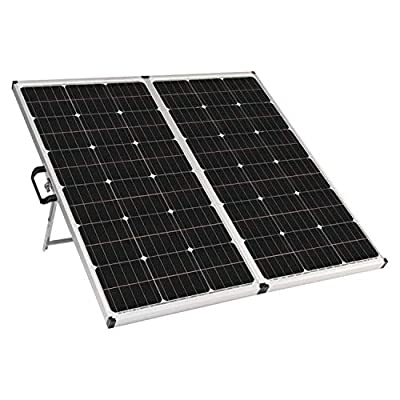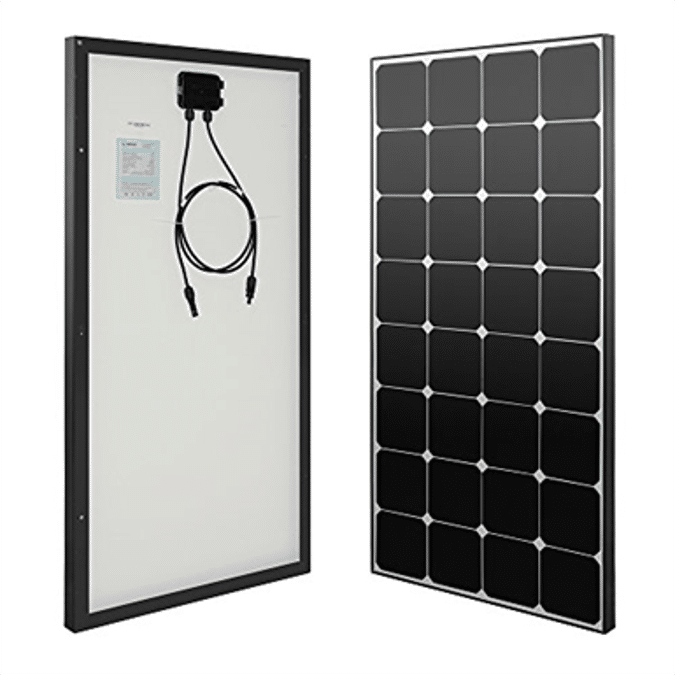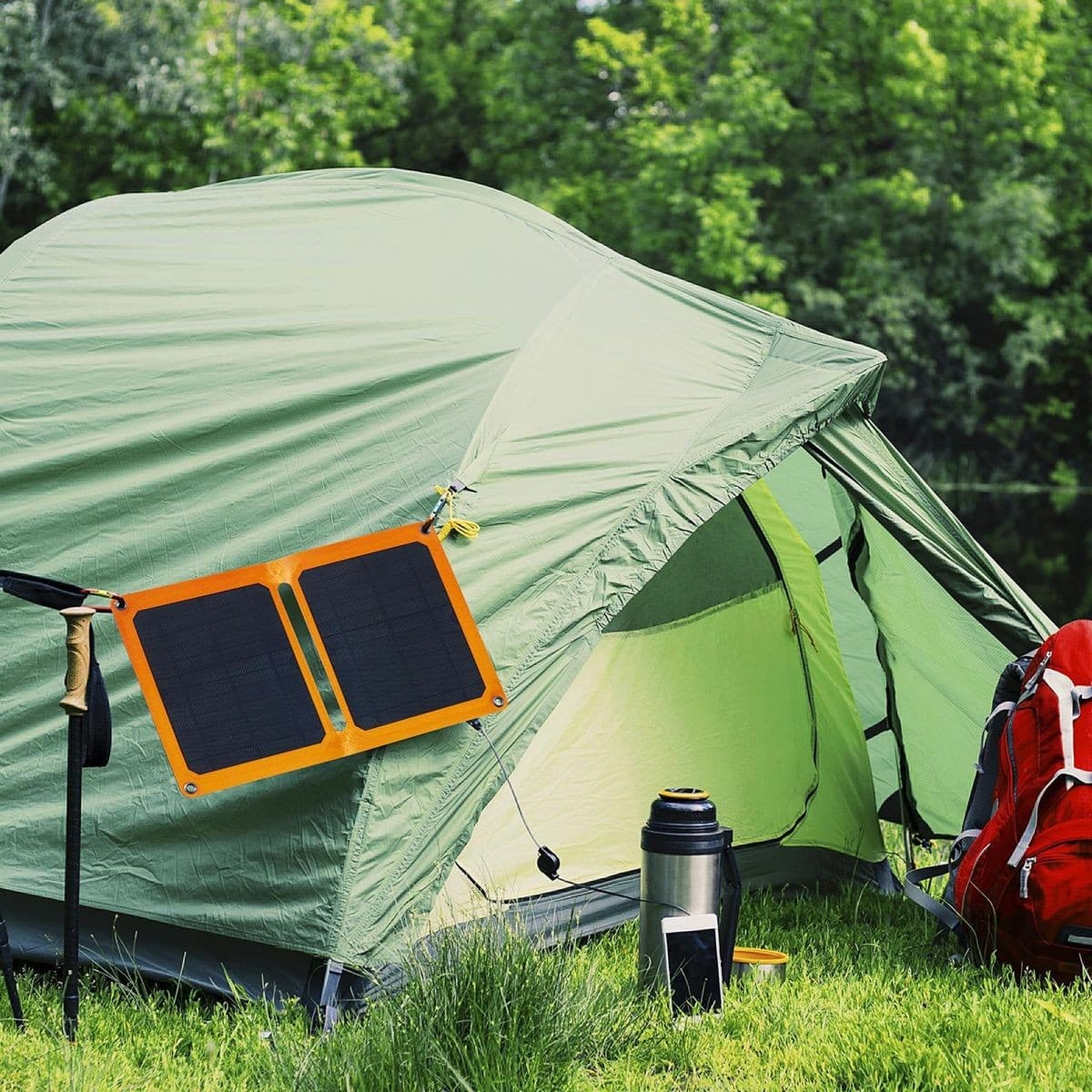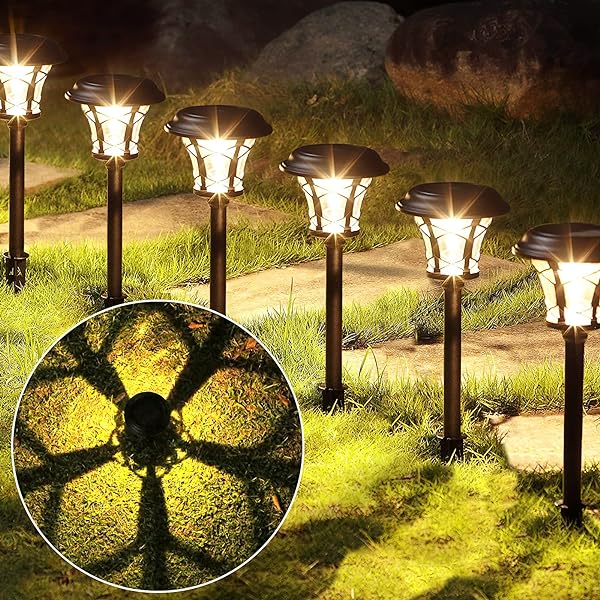Solar Power
- In 2019, the US had a total of 71.3 GW of PV capacity installed.
- As of 2018, the US produced 66TWh in a Utility-scale capacity, which is 1.66% of total US electricity.
- Also in 2018, the total solar produced electricity, including the small scale PV capacity, was 96.1 TWh. This is around 2.30% of total electricity produced in the US.
- The installation of residential solar panels in the US is about 5KW or around 20 panels.
- America’s largest solar facility, Solar Star, which is four times the size of Central Park, produces 579 MW of electricity.
Every hour 430 quintillion Joules of solar energy hit the Earth. In comparison to that, only 410 quintillion Joules is used by humans in a year.
Solar energy is enormous energy produced on the Sun’s surface which then radiates into space and towards the Earth in the form of heat and light. This energy when harnessed by solar panels is converted into electrical energy.
Solar power is a clean and renewable source of energy. It does not emit any harmful greenhouse gas.
What is Solar Panel made of?
The common parts of a Solar Panel are: Silicon solar cells, a metal frame, glass sheet casing, standard 12V wire, bus wire, and Plexiglas.
Frame: A standard solar panel is made of a metal frame that keeps everything in place while the glass casing protects from any kind of external damage.
Silicon cell: Inside the frame are the silicon cells which are paired with wiring for the solar cell’s electrons to escape and supply power.
A solar panel is the combination of individual solar cells to form a module.
A maximum open-circuit voltage of 0.5 to 0.5 volts can be produced in a single-junction silicon cell.
Glass Case: Additionally, under the glass frame, there is a casing for insulation as well as a protective black sheet to keep humidity away from the panel.
The insulation helps during a lower solar panel output when the increase in temperature decreases the efficiency.
There are two cases where solar panels are used.
- One is the residential solar panel that you install on your rooftop, that is, for your personal use.
- The other case is a solar farm or facility, where solar energy is harnessed on a large scale for the use of a community.
How do Solar Panels work?
We know solar panel converts the solar radiation and produces electricity. Now let’s see how this happens.
- The solar panels in a solar farm or the ones you have on your roof absorb the sunlight. The photons in the sunlight are stored within the silicon cell.
- The collected photons enter the cells and cause the electrons in a silicon cell to move. The movement of the electrons produces energy that can be cultivated and used for electrical pieces of equipment.
- The electricity produced in a solar panel is direct current electricity. Therefore, inverters are used to convert the DC electricity into AC or alternate current electricity. The Ac electricity is then used to power the entire electrical device in your home.
What happens to the excess electricity?
What happens to the electricity not used by your home?
After the production of electricity, there may be a lot that you cannot use. In this case, the energy not used by your home is fed into a grid. This electricity can be drawn out for later use.
To measure how much energy is collected and how much electricity is used, a Net Meter is installed.
- Also on cloudy days, when there is no sunlight to charge the solar panels, the electricity from the grip can be used throughout the house.
How to tell if the Solar Panel is working?
Often it is trouble to know if the solar panel is working or not.
Inverters and Net Meters can provide you with notification and data on how your solar panel is collecting and storing energy.
However, dips and spikes in the data could mean that the system is not operating properly.
Here is a simple list of things you can do to check if the system is faulty or not.
- Check the weather to make sure that it is adequate to collect sunlight and generate electricity.
- Make sure the inverter is not red-lighted or they are not turned off.
- Check the total energy generated in the data of Net Meter. See if the Net Meter is working and is online.
- Check your bill to see if it reflects the use of your solar-generated electricity.
- If you can’t find a fault but the solar panel is still not functioning properly, it is better to call your solar company.





